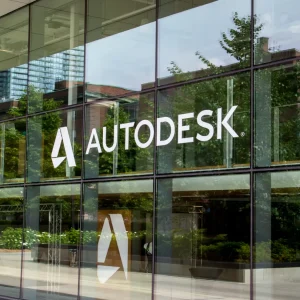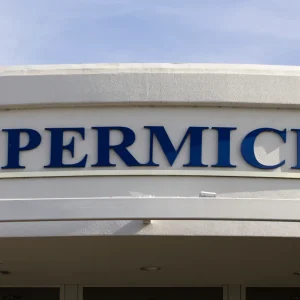IBM’s Smarter Planet initiative has been expanded to include the management of buildings, including physical assets such as water mains, office equipment and heating systems as well as data centres and IT design.
Smarter Planet is IBM’s ambitious and wide-ranging effort to produce a more efficient and intelligent infrastructure through the use of sensors and analytical software to pre-emptively diagnose and troubleshoot problems. Its uses range from energy companies using it to produce more efficient ways to generate and distribute power to cities routing traffic away from busy areas during peak times.
At Pulse 2010, the firm’s service management conference held in Las Vegas, IBM has announced a number of partnerships to help it aim its technology at making buildings more efficient. At the moment buildings account for 70% of all energy used in the US and 38% of all carbon dioxide emissions. In New York buildings account for 80% of carbon emissions each year.
The firm has signed a deal with Johnson Controls to address critical building performance areas such as systems integration, energy management, enterprise reporting, space utilisation and asset management. IBM has also struck a deal with office equipment supplier Ricoh to develop a print management system which offers real-time tracking and monitoring to reduce print-related costs and reduce carbon emissions.
Office buildings are full of printers, IBM Tivoli general manager Al Zollar said during a press conference at Pulse 2010. Often they are left consuming power when the last person leaves the building. This gives us the opportunity to manage and optimise the use of this important asset.
IBM believes that a smarter building can sense and respond to issues. This can include the management of heat, air conditioning and power consumption to lower costs and emissions, identify security breaches, predict equipment maintenance issues to prevent breakdowns and locate assets across the facilities, such as tools, equipment, machinery or personnel. Current management of systems including heat, water, sewage and electricity are usually managed independently and inefficiently, IBM says.
Rich Lechner, VP, energy and environment for IBM, said that more intelligent building management systems are vital to future growth as well as the environmental benefits.
Smart buildings are the cornerstone of our strategy to deliver a smarter infrastructure. They are critical to the long-term environmental and economic sustainability of cities around the world, he said. This is not just about reducing waste, it’s about reducing greenhouse gas emissions and enabling the infrastructure to support the dramatic growth in urbanisation that we’re seeing.






